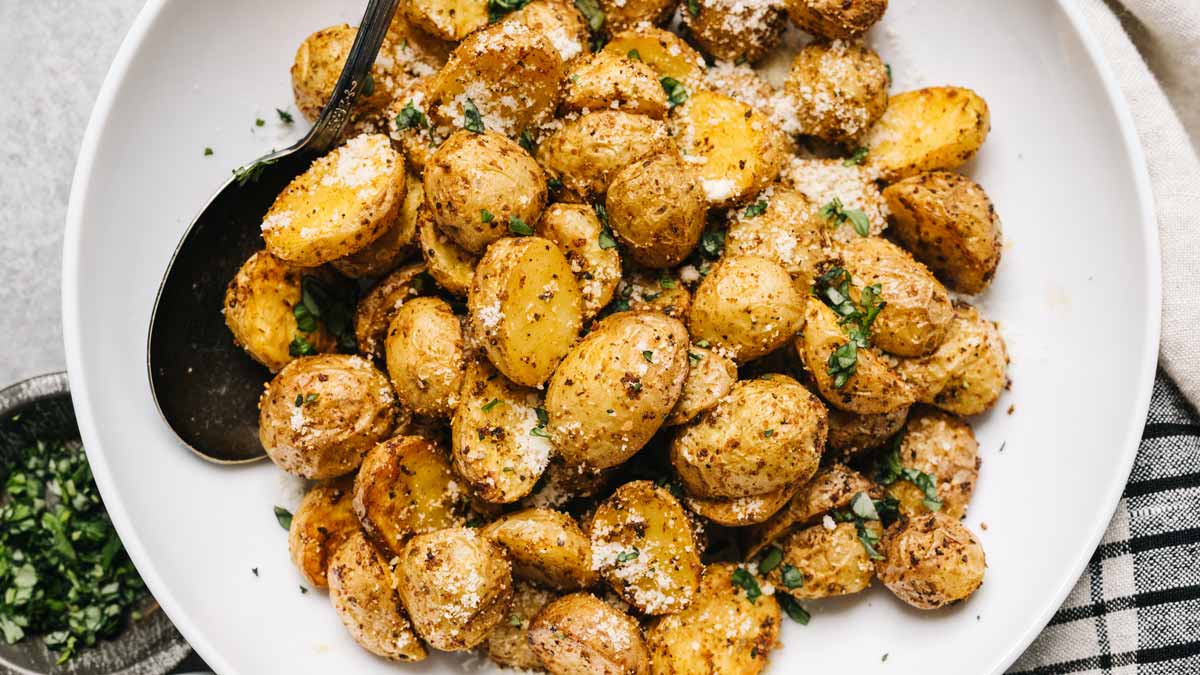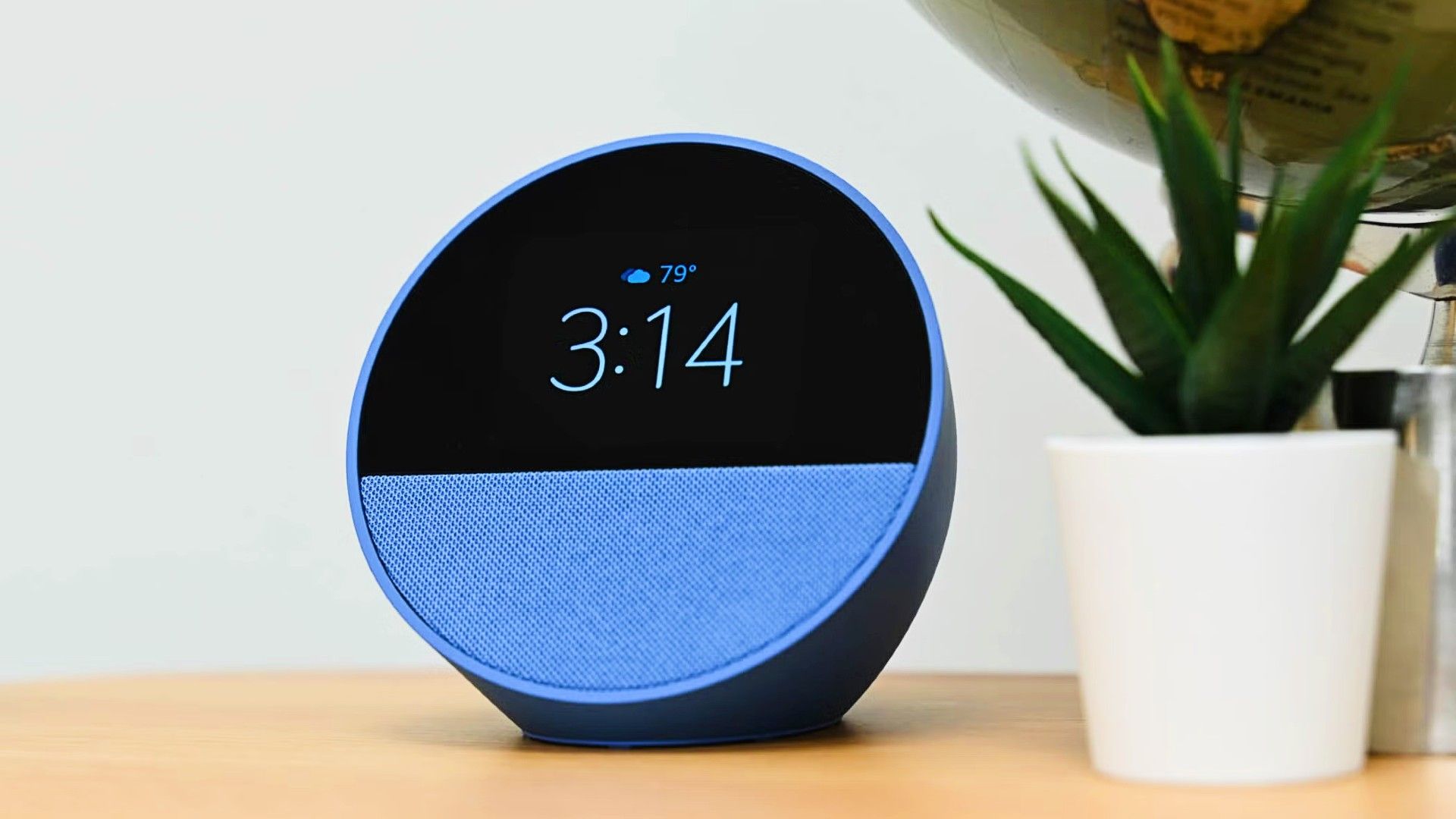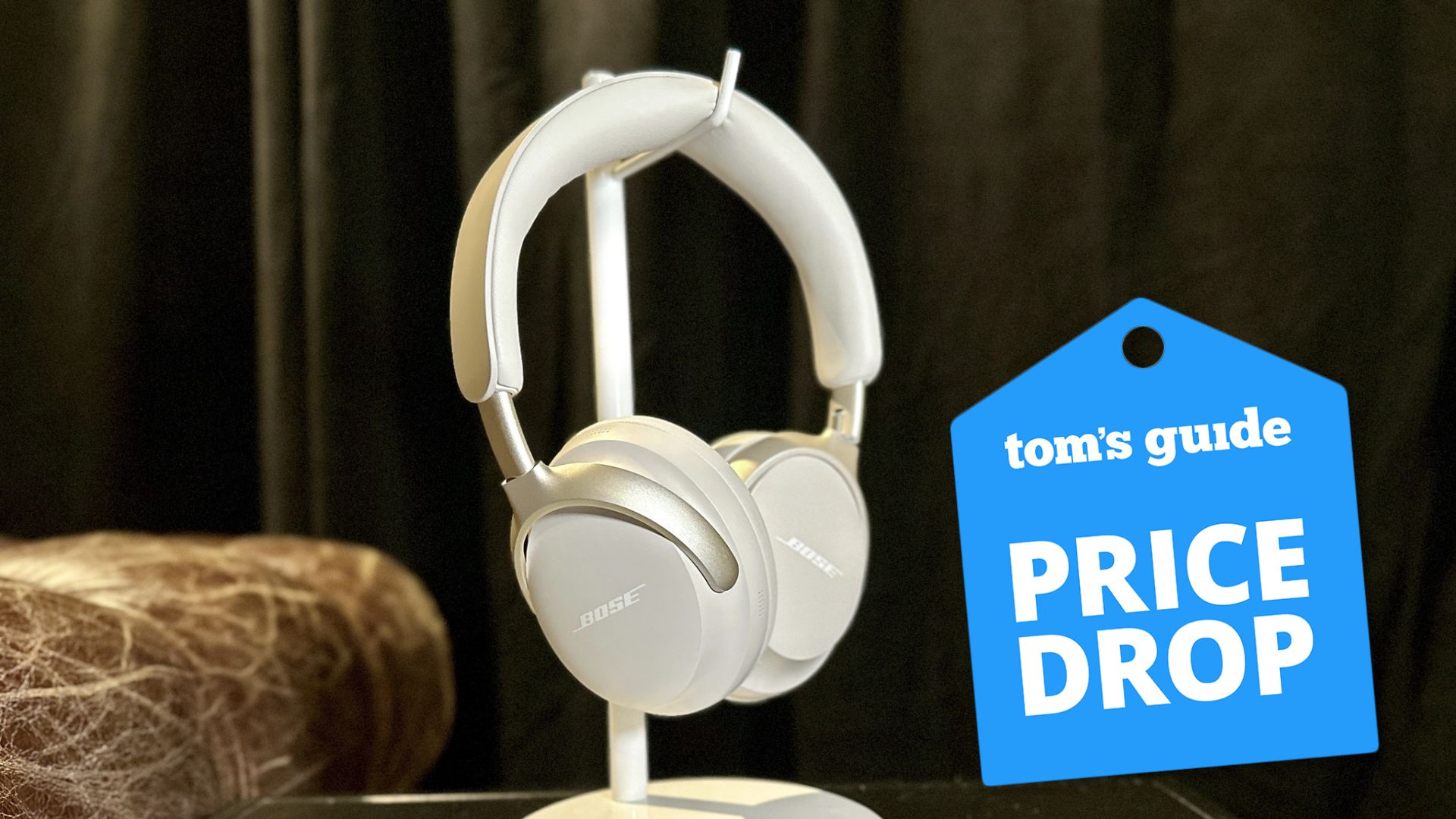How to Make Fried Foods Healthier

With a few smart moves, you can enjoy the crunchiness of your fried favorites while reducing the health consequences. Start with these steps.
Go easy on restaurant fried foods. Occasionally making a batch of homemade fries probably isn’t a problem, Wood says. “The real concern is when restaurants reheat the same oil in a deep fryer over and over again,” he says. Each time the oil is heated to a high temperature, it creates more toxic byproducts. Some restaurants may use the same oil for a week or more.
Fry another way. At home, try pan-frying or pan-searing; each uses a thin layer of oil. You’ll get the crispiness of deep-fried food, but it isn’t fully submerged in oil or fried for as long, so it absorbs less oil. Sautéing is even better. “Sautéing uses a small amount of oil,” Rustveld says, “and you’re stirring it constantly, so the food cooks quickly at a lower temperature.”
Coat carefully. When you’re frying at home, minimize the amount of batter, flour, and breadcrumbs you use. For example, a serving of a popular brand of seasoned batter mix has 100 calories and 1,060 mg of sodium in ¼ cup—nearly half the daily limit for sodium. “Flour and breadcrumbs also absorb the oil,” which increases calories, Rustveld says. And all-purpose flour soaks up more than gluten-free types, so try a light coating of cornmeal or chickpea flour.
Do an oil change. Oils high in monounsaturated fats (such as avocado, canola, and olive oil) are more stable than polyunsaturated oils (corn or soybean) when heated to high temperatures, so they form fewer harmful compounds. They’re also healthier than saturated fats (like lard, palm oil, and coconut oil), which can raise LDL (“bad”) cholesterol.
Invest in an air fryer. With this appliance, hot air circulates around the food to create a crispy exterior with little or no oil. For a healthier spin on chips, air-fry thinly sliced potatoes tossed in a little oil and a sprinkle of salt at 350° F for 15 minutes.
Source link











